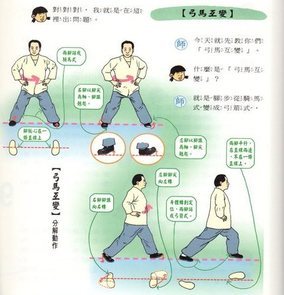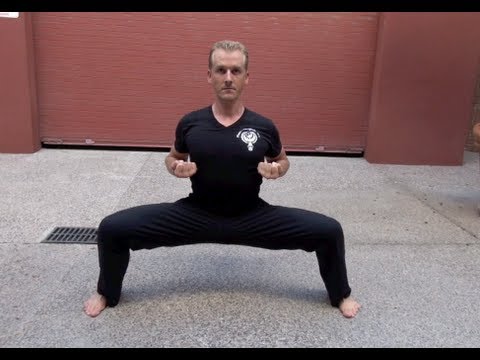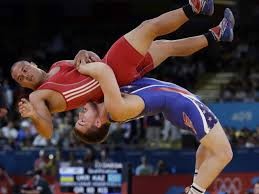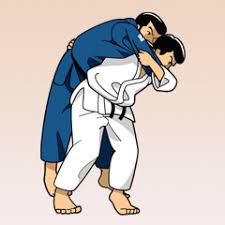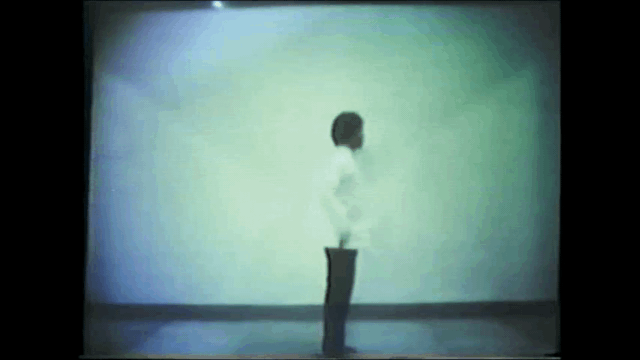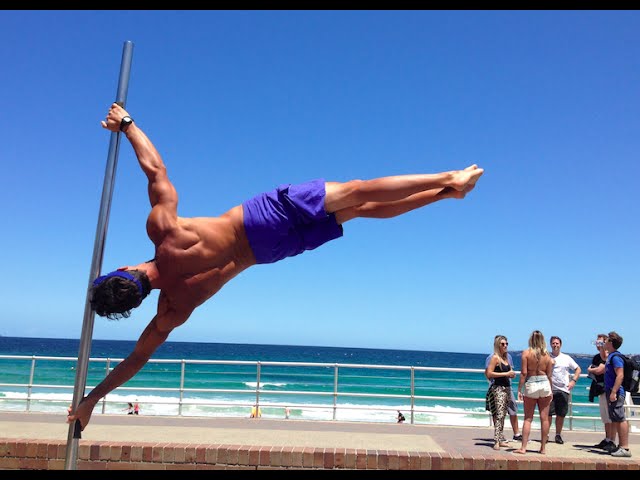- Joined
- Aug 3, 2015
- Messages
- 14,063
- Reaction score
- 5,985
- Thread Starter
- #21
My experience is that you can let students do things and hope they will learn through experience. If they still don't learn then they do not have your words to guide them to what is correct. If you provide your words to what is correct, they will remember them even if they think you are wrong.There is a way that you tell your students and they will believe you. This doesn't take too much time to achieve. IMO, the best way is to let your students to test and draw conclusion by themselves.

